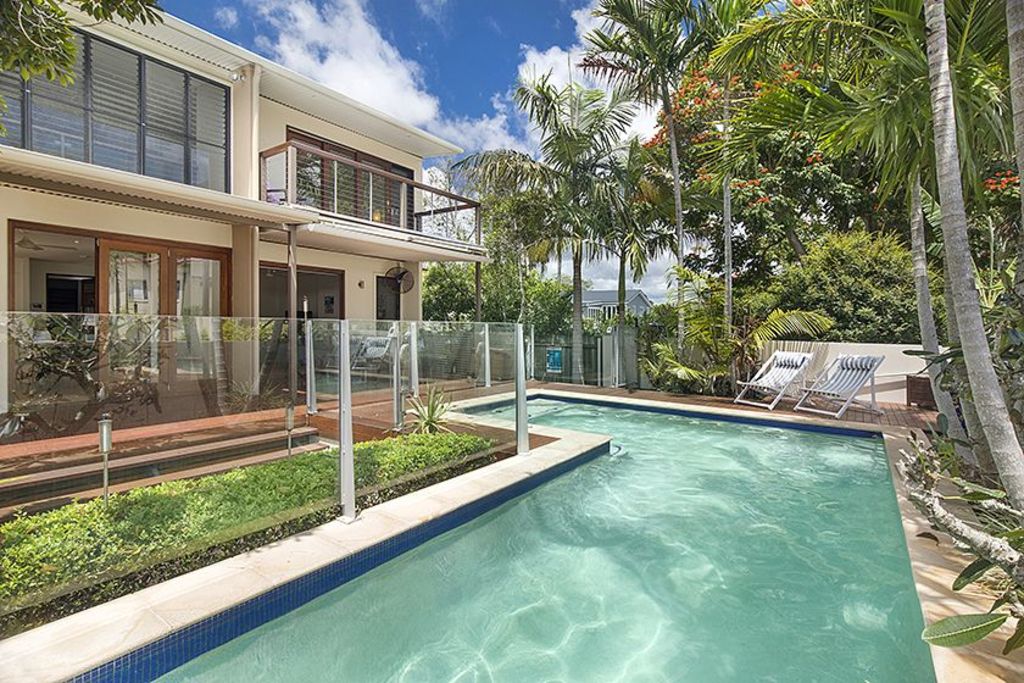South-east Queensland’s hottest coastal hubs could be on the brink of a rental property bidding war after median asking prices rose to record heights late last year – outstripping Brisbane by as much as $60 per week.
Following a mass exodus of sea-changers from the nation’s major capital cities, demand for houses on both the Sunshine Coast and Gold Coast skyrocketed over the three months leading up to December, sparking price rises of almost four per cent in just three months as vacancy rates continued to plummet.
The median asking rent price for a house on the Gold Coast is now $540 per week, up 3.8 per cent in the December quarter, with the Sunshine Coast sitting just behind at $530, up 3.9 per cent, the latest Domain Rent Report shows.
Meanwhile, the median asking rent for a house in Brisbane is now $480 per week – making the Queensland capital more affordable than its smaller coastal neighbours.
While ongoing restrictions and higher COVID-19 case numbers in Sydney and Melbourne had fuelled the sea-change trend and thrust the city’s property markets into the stratosphere, the global rise of remote working had also sparked the mass migration, Domain senior research analyst Nicola Powell said.
“It has happened before at particular times where we’ve seen stronger rent prices on the Sunshine Coast and Gold Coast than Brisbane – but I think when you show the added dynamics of what the pandemic has created it’s really interesting,” Dr Powell said.
“Those coastal areas are now in high demand … and with our ability to work from home (it’s even higher).”
Sunshine Coast unit rents recorded their steepest annual gain since mid-2009 to $430 a week, and house rents had their steepest gain since 2014, with lifestyle locations in increasing demand from local travellers and remote workers, she said.
“In terms of rental performance, the Gold Coast and the Sunshine Coast are really similar … over the past five years, rent prices for houses on the Sunshine Coast rose 16.1 per cent while houses on the Gold Coast rose by 15.2 per cent. They really outperformed Brisbane,” she said.
“And unit rent prices on the Gold Coast rose by 17.1 per cent and by 19.4 per cent on the Sunshine Coast. The vacancy rate for the Gold Coast was 0.6 per cent in December 2020, compared to 1.9 per cent in 2019 – it’s a landlords’ market.
“And on the Sunshine Coast it was 0.3 per cent – so it’s extremely tight. In December 2019 it was 1.4 per cent.”



Principal and sales agent at McGrath Noosa, Matt Powe, said the sheer demand for rental properties on the Sunshine Coast had reached boiling point with “no light at the end of the tunnel” as interstate migrants continued to move north in droves.
“Our rental market is actually the same as our sales market – we are seeing unprecedented sales and growth,” Mr Powe said.
“It’s hard to say what exact percentage of new tenants are from interstate, but it’s significant – about 50 per cent – and it’s the highest it’s ever been.
“Even in the ’80s (during the boom) it wasn’t like this – we have surpassed it. Right now the market is literally without precedent,” he said.
“We are seeing below one per cent rental vacancy rates and people are just on waiting lists – but those lists are out of control.
“And what’s fuelling it is people wanting to get out of the cities. Every little flare-up of COVID-19, whether it’s Brisbane or Sydney, throws fuel on the fire.”
Ray White Runaway Bay business development manager Amanda Blake said the Gold Coast rental market was currently the hottest she’d seen in more than two decades.
“I’m getting $570 per week for a property that’s normally $500. This market surge started at the end of November and it happened in the blink of an eye,” Ms Blake said.
“While they are not all interstate tenants it’s a lot … and duplexes and townhouses are absolutely hot property right now.
“We need a crystal ball to know what’s going to happen in 12 months’ time, but I would say in my opinion the trajectory of this growth will depend on whether those interstate tenants can establish their businesses here … they are going to wait and see.
“But right now there’s a seven to 10 per cent rental yield and it’s incredible – it’s also a real sellers’ market at the moment.”
SARAH WEBB

